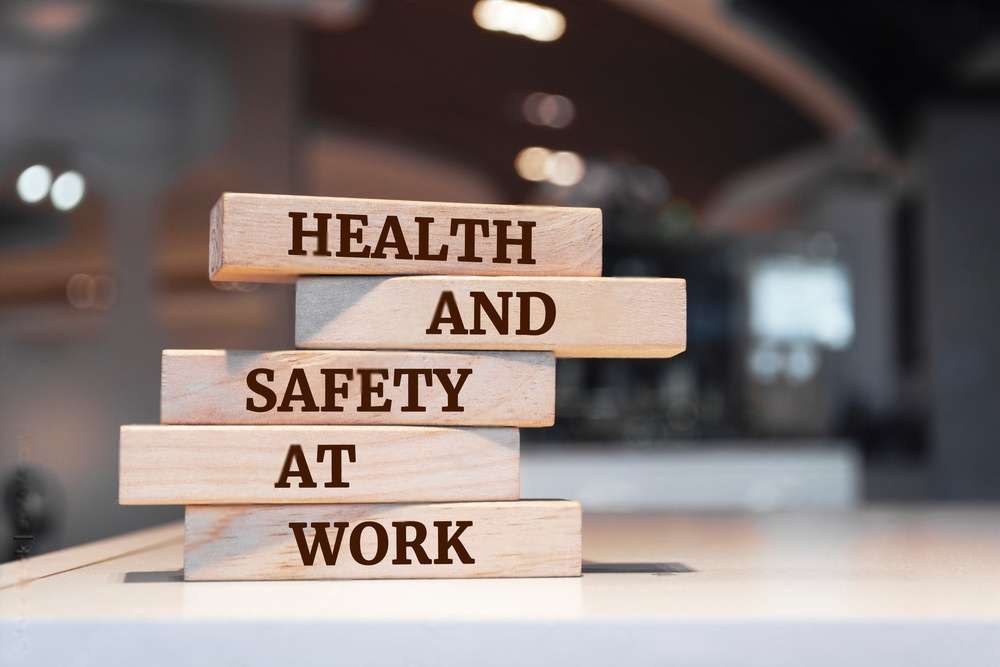- +(971) 2-5555-310
- Info@tiits.ae
- musaffah #35 Abu Dhabi


Participants will learn the core principles of occupational health and safety, including hazard identification, risk
assessment, and compliance with regulatory requirements. This foundational knowledge is essential for fostering a
safety-first culture within your organization.
Understanding how to safely handle hazardous materials is crucial for preventing accidents and protecting employee
health. This training covers the identification, storage, and disposal of hazardous substances, as well as the use of
personal protective equipment (PPE) and proper labeling techniques.
Employees will learn how to optimize their workstations to minimize the risk of musculoskeletal disorders. Training
includes techniques for proper lifting, maintaining good posture, and utilizing ergonomic tools to enhance comfort
and productivity.
This program focuses on fire prevention strategies and the proper response to fire emergencies. Participants will
learn about fire hazards, the use of fire extinguishers, and effective evacuation routes and procedures.
Participants will gain insights into recognizing and preventing workplace violence. Training covers strategies for
de-escalating conflicts, recognizing warning signs, and creating a safer workplace environment.
This specialized training addresses the unique hazards associated with confined spaces. Employees will learn safe
entry procedures, monitoring for hazardous atmospheres, and emergency response protocols specific to confined
spaces.
Employees will be trained on the proper selection, use, and maintenance of personal protective equipment (PPE).
This training ensures that all workers understand the importance of PPE in reducing exposure to workplace hazards.
• Enhanced Employee Safety:
Our training programs empower employees to identify and mitigate hazards, leading
to a safer workplace environment.
• Regulatory Compliance:
By ensuring your workforce is trained in health and safety procedures, you can maintain
compliance with local and international safety regulations.
• Increased Productivity:
A well-trained workforce is less likely to experience accidents or injuries, reducing
downtime and enhancing overall productivity.
• Emergency Preparedness:
Employees equipped with emergency response skills are better prepared to handle
unexpected situations, minimizing potential damage and harm.
Our Health & Safety Training programs are designed for various sectors, including:
• Manufacturing
• Construction
• Healthcare
• Oil and Gas
• Warehousing and Logistics
• Educational Institutions